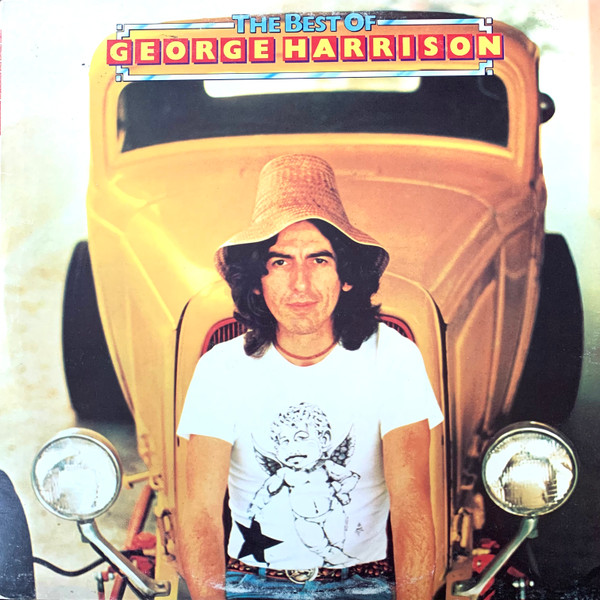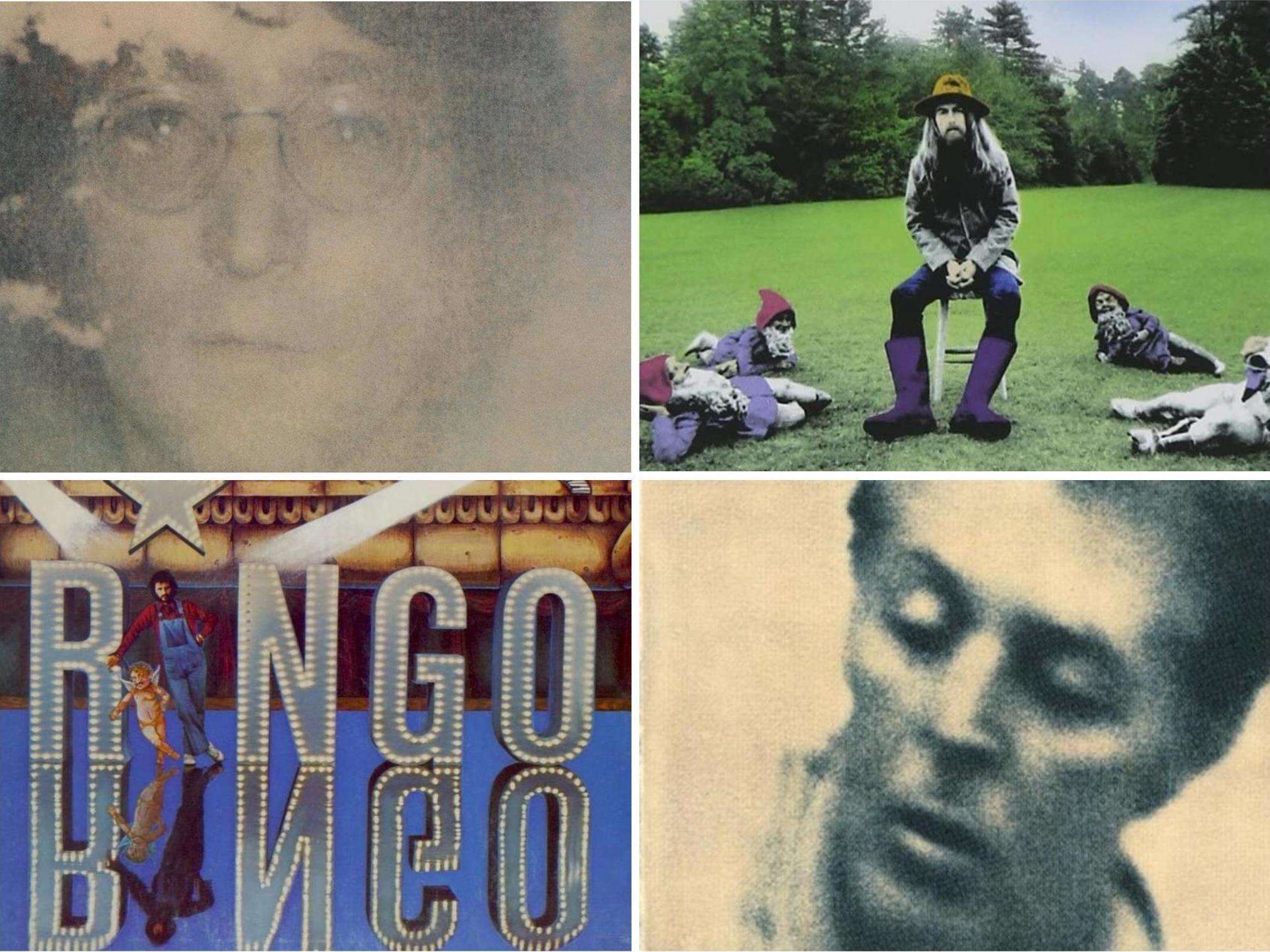
In a calculated move by EMI and its American subsidiary, Capitol Records, the compilation was issued during the same month as Harrison's debut on his Warner-distributed Dark Horse label, Thirty Three & ⅓.

Music critics have also noted the compilation's failure to provide a faithful picture of Harrison's contribution to the Beatles' work, due to the omission of any of his Indian music compositions. The song selection caused some controversy, since it underplayed Harrison's solo achievements during the 1970–75 period, for much of which he had been viewed as the most successful ex-Beatle, artistically and commercially. Uniquely among all of the four Beatles' solo releases, apart from posthumous compilations, it mixes a selection of the artist's songs recorded with the Beatles on one side, and later hits recorded under his own name on the other. The Best of George Harrison is a 1976 compilation album by English musician George Harrison, released following the expiration of his EMI-affiliated Apple Records contract. This is also the only official George Harrison release to include a version of his best song from the late ’80s, “Cheer Down,” originally featured on the soundtrack to Lethal Weapon 2.Cover for the North American, Australasian and French editions of the album
#Best george harrison albums crack
Taking comfort in the crack professionalism of Clapton’s band, which included the likes of current Rolling Stones keyboardist Chuck Leavell, bassist Nathan East and guitarist Andy Fairweather Low among others, Harrison delivers a Greatest Hits set for the ages offering a well hued balance of choice solo material and his most beloved contributions to The Beatles, where “Something” segues into “What Is Life” and “Cloud 9” parts the sky for “Here Comes the Sun.” Delivered to stores in July of ’92, this double live chronicle of the trek-even in its 25th anniversary year-remains arguably the best concert album by a solo Beatle on the market.

George Harrison’s short tour of Japan in December of 1991 with old friend Eric Clapton and his band marked the Quiet One’s first stab at touring since that troubled run in ’74.

#Best george harrison albums how to
Paul McCartney may have been the one who first started messing around with analog adventurism during the Revolver era, but with his second solo project it was Harrison who dove deep into the chasm of these studio explorations when he acquired his first Moog synthesizer.Įlectronic Sound was issued on the Fabs’ incredibly shortlived avant-garde offshoot of Apple Records-cheekily dubbed Zapple-and entails two lengthy compositions of amorphous sonic experiments on the Moog IIIc modular synth, which he had purchased directly from its inventor, the late Robert Moog, and is still owned by his family to this very day.ĭespite being hit with a lawsuit from renowned synthesizer player Bernie Krause, who claimed that the track “No Time or Space” was actually a recording of him teaching Harrison how to play the Moog and released without his consent, both this 25-minute soup of Silver Apples-angling burps and delays and its overdubbed 18-minute counterpart on the flip (“Under the Mersey Wall”) serve as an indulgent and oddly visionary testament to the Zapple label and its unsung promise to bring the avant-garde to the pop crowd.


 0 kommentar(er)
0 kommentar(er)
